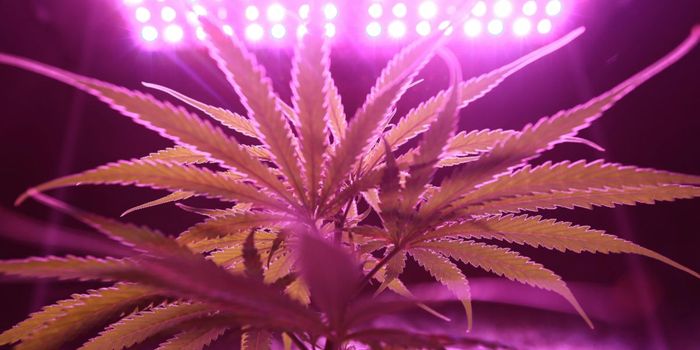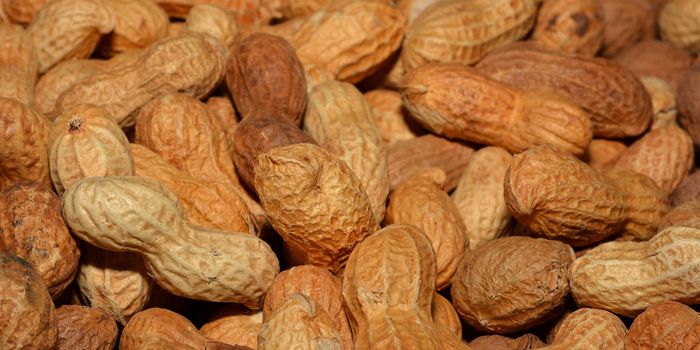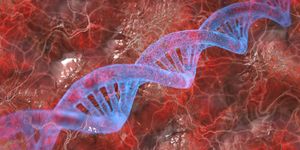Essential Hypertension: The Basics

Blood pressure measures how forcefully blood pushes against artery walls when the heart contracts (systolic blood pressure) and relaxes (diastolic blood pressure). Blood pressure readings measure systolic pressure over diastolic pressure. High blood pressure is diagnosed when the average of 2 or more diastolic readings on at least 2 doctor visits within 4 weeks is equal to or greater than 90 mm Hg or when the average of multiple systolic readings on 2 or more visits within 4 weeks is equal to or greater than 140 mm Hg. For essential hypertension to be diagnosed, known causes of high blood pressure – renal disease, an adrenaline-secreting tumor (pheochromocytoma), and excess aldosterone production by the adrenal glands (aldosteronism) – should be ruled out.
Lifestyle factors that can contribute to high blood pressure are: being overweight, insulin resistance, high alcohol intake, high salt intake, inactivity, and low potassium or calcium intake. Several months of aerobic training combined with medication have proven to lower blood pressure more effectively than blood pressure medications alone, but exercise is not recommended as a substitute for blood pressure medications in patients with hypertension. Some cases of hypertension are genetic in origin, however, and less responsive to lifestyle changes.
Medications used to treat essential hypertension include beta-blockers, calcium channel blockers, diuretics, angiotensin-converting enzyme (ACE) inhibitors, angiotensin II receptor blockers (ARBs), and renin inhibitors. Beta- and calcium channel blockers lower blood pressure by reducing the force of heart and artery contractions by reducing the actions of adrenaline and calcium, respectively. Diuretics decrease the amount of pressure from fluid on the arterial walls by increasing the urinary excretion of sodium and water. ACE inhibitors, ARBs, and renin inhibitors widen blood vessels to lower blood pressure by lowering production of or blocking the effects of angiotensin II, a hormone that narrows blood vessel walls. Angiotensin II encourages fluid retention and stimulates the adrenal glands to release aldosterone.
Around 10% of patients with hypertension have resistant hypertension that doesn't respond to 3 or more antihypertensive medications at high doses.
Sources: Circulation, Hypertension, Mayo Clinic








